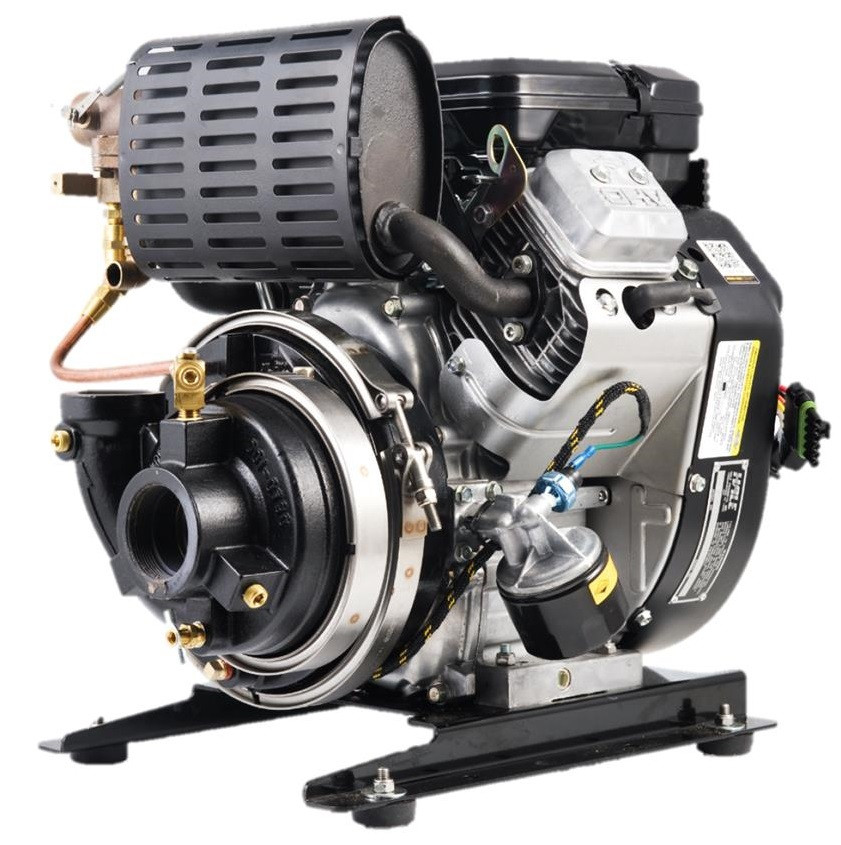

Turn the HIGH- and the LOW-speed knobs on the control panel three-quarters of a turn to the left from the CLOSED position.Ĩ. Pull the choke knob to the extended position. Be sure that the wing nut on the manual priming filler bowl is tight.ħ. Place the water outlet valve in the CLOSED position. If you continue to press the push button after you have once felt resistance, you could damage the diaphragm.Ħ. At this point, stop pressing IMMEDIATELY. Pump fuel to the carburetor by pressing the push button on the tank several times, until you feel some resistance. Connect the hose assembly from the fuel tank to the plug provided on the control panel.ĥ. Clamp the fuel tank to the top of the frame, using the clamps provided for this purpose.Ĥ. Mix the oil and the gasoline thoroughly.ģ. Fill the gasoline tank with a mixture consisting of one-half pint of the specified engine oil to each gallon of gasoline. Make the required suction and discharge connections.Ģ. Open the water outlet valve momentarily to allow the trapped air to escape.ġ. If the pump is operated more than 15 to 20 seconds with the outlet valve in the CLOSED position, the pump may begin to cavitate and speed up as result of the accumulation of air in the impeller housing. If the pump is not primed in 45 seconds, stop the engine, tighten all suction connections and hose couplings, and try priming again. To operate the P-250 pump, proceed as follows:ĭo NOT run the pump more than 45 seconds unless pressure shows on the gauge. Replacement price on this unit is approximately AUD$5000


When used for dewatering, the P-250 draws a large volume of water from flooded compartments and discharges it into the sea. When used for fire fighting, the P-250 draws water from the sea and pumps the water through suitable hoses and nozzles at a high pressure. It is used in fire fighting and in dewatering operations. ‘The P-250 is a gasoline-driven portable pump with an internal-combustion engine. The pumps are designed to start on an LPG canister for 30-60 seconds before switching over to JP5. These pumps are ex Australian Navy and are tuned to run on JP5 fuel to reduce the fire risk on a boat (US military documents that diesel engines can run on JP5 without damage).


 0 kommentar(er)
0 kommentar(er)
